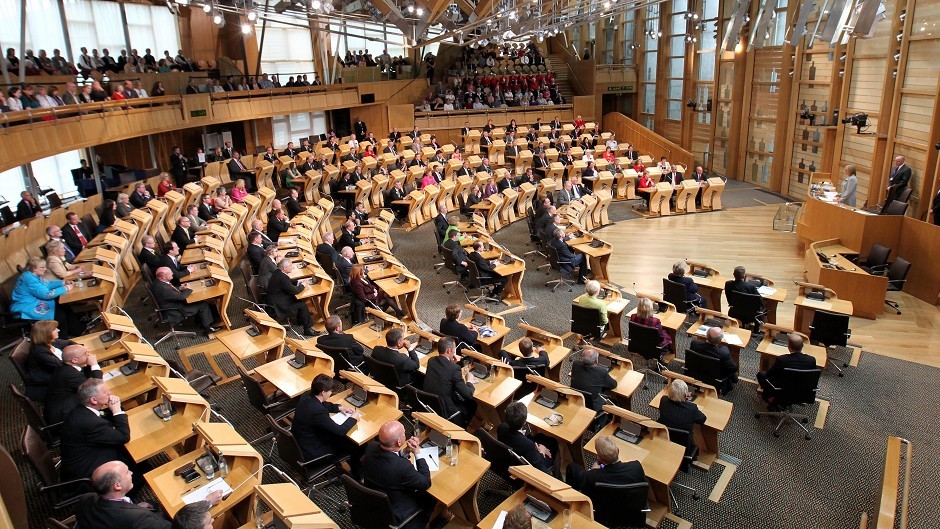Legislation for new Holyrood powers still falls short of recommendations made by the cross-party backed Smith Commission, according to a Scottish Parliament committee.
The Devolution Committee has written to Scottish Secretary David Mundell to set out how the Scotland Bill can be amended to meet all of the commission’s recommendations.
Its letter comes as the Bill reaches the report stage in the House of Commons, the final chance for the Government to make changes before the legislation begins its passage in the House of Lords.
The Scotland Bill – brought forward to implement the recommendations of the post-referendum Smith Commission – gives Holyrood 10% of VAT revenues, increased power over welfare spending and control over income tax rates.
The committee says changes are needed in several areas including powers over borrowing, welfare and benefits, and employment support.
The Scottish and UK governments should also reach an “amicable solution” over consent provisions in relation to welfare powers.
The Scottish Government says the consent provisions set out in the Bill give the UK Government a “veto” over its welfare plans but the UK Government says they are a “sensible and practical” mechanism for the transfer of the new powers.
The committee produced a report earlier this year in which it said that the Bill did not meet the “spirit or substance” of Smith.
In the letter to Mr Mundell, committee convener Bruce Crawford wrote: “At our business planning day and at our meetings in September, we have carefully assessed whether the Scotland Bill has been amended since its introduction in May 2015 to bring it in line with the recommendations in our interim report.
“At this stage, some welcome progress is being made but, for a majority of areas we have looked at, the Bill has not yet been sufficiently amended to meet all of the recommendations upon which we are all agreed in order to fully implement the Smith Agreement
“This letter, therefore, sets out our views on how the Bill can fulfil the recommendations made in our report at the final revising stage in the House of Commons (Report Stage), which we understand will follow shortly.
“Report Stage is, of course, effectively the final opportunity for the Bill to be amended in the House of Commons before it begins its passage in the House of Lords.”
He added: “The committee will continue to keep the progress of the Bill under review as it completes its final stages in both houses of the UK Parliament and may issue comment along the way.
“The committee will, of course, in due course produce its final report on the Scotland Bill towards the end of that process, complete with a recommendation to the Scottish Parliament on whether it should give its legislative consent.”
